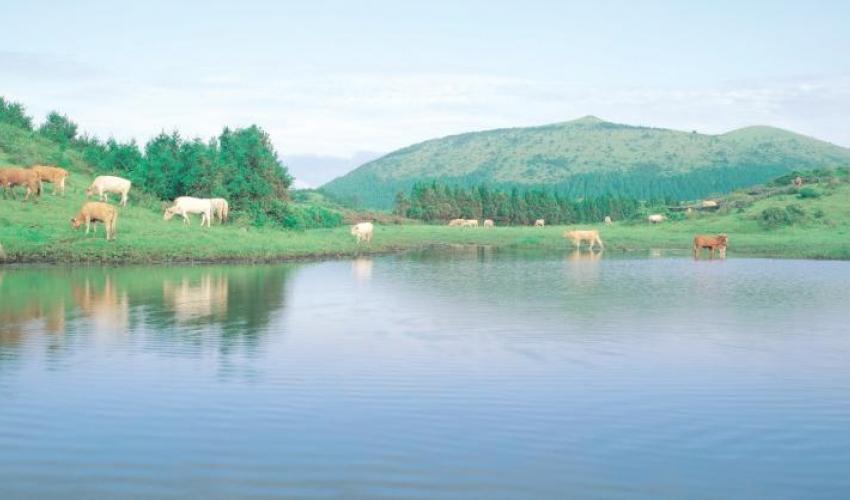Protected areas are a critical refuge for nature in face of a burgeoning human population and ecological footprint. The IUCN Green List promotes conservation performance and quality in these areas.
Worldwide, over 32 million km2 of forested landscapes, coastal and inland waters, and marine areas are legally protected. These areas are home to millions of plant and animal species; deliver invaluable ecosystems services, and play important roles in regulating weather and drawing carbon out of the atmosphere.
They are also big money-makers. Globally, over 8 billion people visit or access protected areas per year. A recent study shows that this could generate up to US$600 billion of annual tourism expenditure, eclipsing the almost US$10 billion spent annually, mostly from public sources, to try to safeguard these sites.
Successful conservation of protected areas can help us achieve broader conservation targets and social, cultural, economic and development goals. How can we ensure that conservation action in protected areas is both adequate and effective in face of social and economic pressures? How can we support fair governance and good management of protected sites?
The IUCN Green List of Protected and Conserved Areas (GLPCA) aims to do so by identifying sites that have been successful in their conservation efforts and spotlighting them as models for success. GLPCA encourages the sharing of knowledge, tools and practices towards protected areas conservation, ultimately aiming to improving the contribution that these areas can make towards sustainable development and the conservation of nature and all associated social, economic, cultural, and spiritual values.
GLPCA sets a new global sustainability standard for protected areas by redefining protected areas conservation within the context of 21st century challenges. The standard is based on a set of specific objective, transparent and globally consistent criteria and is designed for simple local application in all types of protected and conserved areas. GLPCA standards are being developed and implemented to align with global principles of transparency and accessibility in sustainability standards.
Building on the expertise of the World Commission on Protected Areas (WCPA), the GLPCA mobilized a global independent expert membership to help promote and evaluate success in protected and conserved areas in local jurisdictions worldwide. In its initial pilot phase, IUCN’s GLCPA engaged with over 200 new and existing WCPA Expert Members.
Experts can join their national or regional Expert Assessment Group and contribute to evaluation of potential Green List sites and/or mentor local protected area managers, investors, and policy and decision makers to build capacities to implement the policies and practices necessary to meet the GLPCA standard.
Other stakeholders can also be a part of the process. The general public is welcome to support conservation action in “Green List” areas, to provide feedback on conservation performance and activities, and help inform a GLPCA evaluation.
“The IUCN Green List of Protected and Conserved Areas is a great opportunity to showcase the success stories in our rich and diverse region, through independent recognition of what is working; rather than condemnation for what is not. Then, it gives us all the chance and motivation to work with managers, staff and local people to recognize and support progress and improve performance,” said the HRH Princess Basma bint Ali of Jordan during a GLPCA workshop in Amman in March 2016.
A new GLPCA phase began in 2016 with support from additional partners, including WWF and the German Ministry for the Environment, Nature Conservation, Building and Nuclear Safety (BMUB) through their International Climate Initiative. In Europe, the GLPCA will be showcased at the Europarc Conference, “We are Parks”, to be held in the Jura Mountains in Switzerland in October.
The IUCN World Conservation Congress 2016 will be an important step towards validating the GLPCA Standard and approach and a celebration of the success of existing and new ‘Green List’ protected areas.











